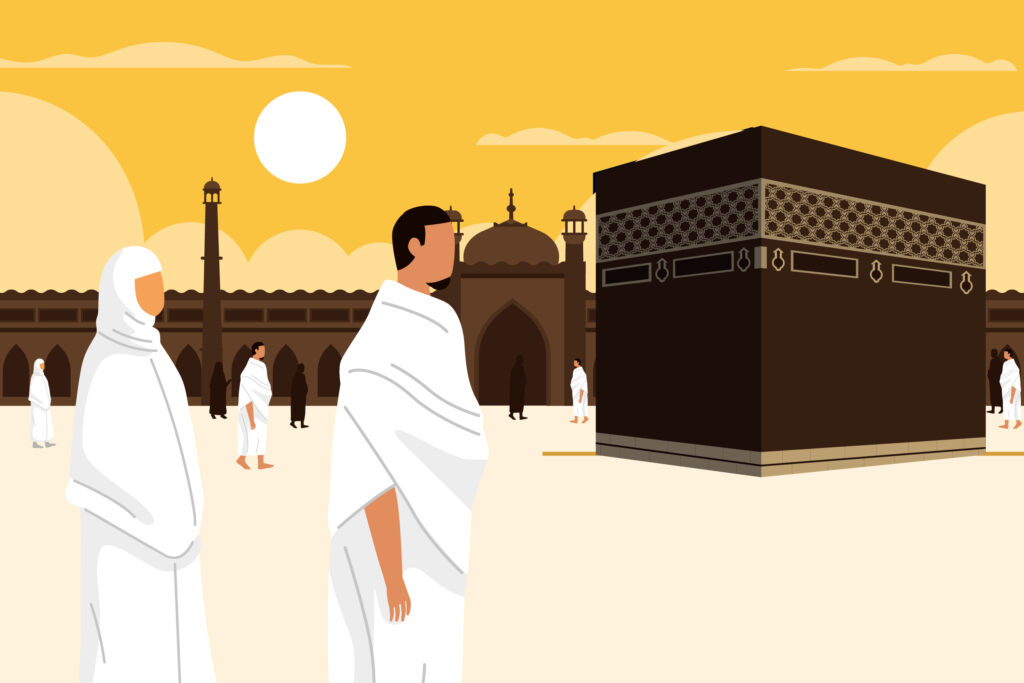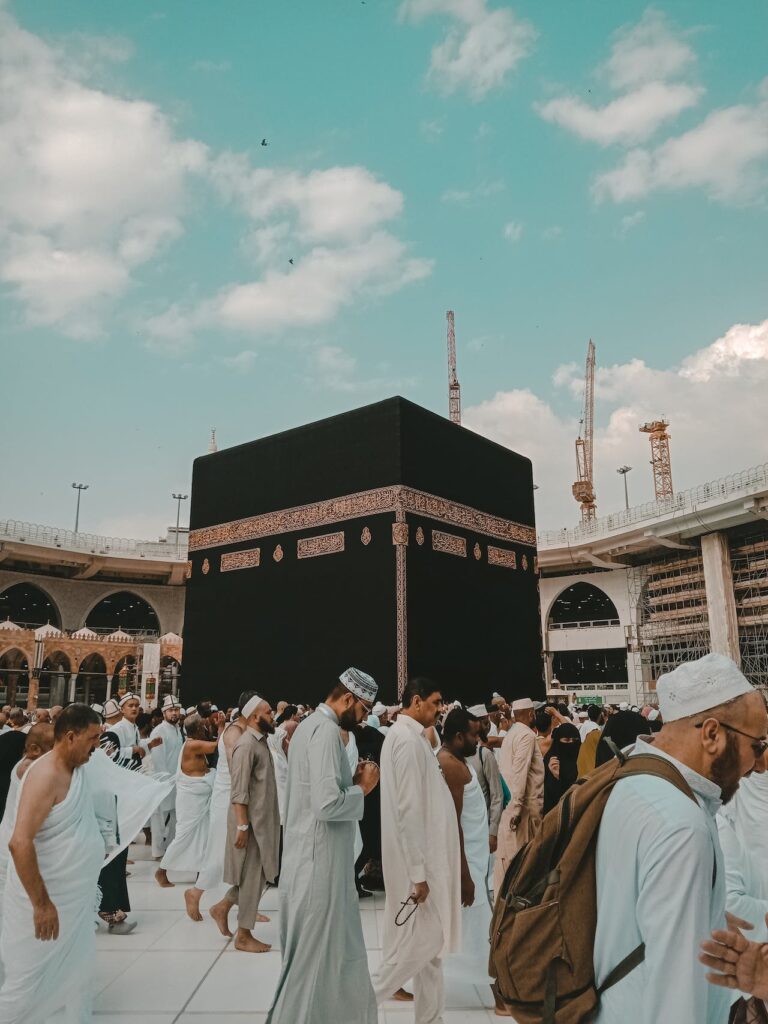Tawaf, a fundamental ritual of the Islamic faith, is performed by millions of Muslims from around the world during their pilgrimage to the holy city of Mecca. This sacred act involves circling the Kaaba, which is the most revered shrine in Islam. One aspect that often raises questions among pilgrims is the direction of Tawaf. Should I Perform Tawaf clockwise or anticlockwise? In this article, we will explore the significance of the Tawaf direction, the steps involved in performing Tawaf, and answer some frequently asked questions to provide a comprehensive understanding of this integral ritual.
Is Tawaf Clockwise or Anticlockwise?
The answer to this question is straightforward: Tawaf is performed in a counterclockwise direction. Pilgrims circle the Kaaba anticlockwise, starting from the Black Stone (Hajr al-Aswad) and ending at the same point. This practice has been followed since the time of the Prophet Muhammad (pbuh) and is deeply rooted in the Islamic tradition. The counterclockwise movement is consistent with the rituals performed during the Hajj and Umrah pilgrimages, symbolizing unity and the pursuit of divine guidance.
Summery, Should I Perform Tawaf Clockwise or Anticlockwise? The Short Answer is counterclockwise
Significance of Tawaf Direction
The counterclockwise direction of Tawaf holds both religious and symbolic significance.
Firstly, From a religious perspective, it is believed that the Prophet Muhammad (pbuh) himself performed Tawaf in this direction, setting an example for all future generations of Muslims. As such, following his footsteps during Tawaf is seen as an act of obedience and devotion.
Secondly, Symbolically, the anticlockwise movement represents the unity of Muslims worldwide. Regardless of their diverse backgrounds and languages, when pilgrims perform Tawaf together, they synchronize their steps, reinforcing the concept of unity and equality in Islam. The shared direction also symbolizes the unity of the ummah (the Muslim community) and emphasizes the importance of collective worship.
Steps for Performing Tawaf
Performing Tawaf correctly requires adherence to specific steps. Here is a brief outline of the process:
- Entering the state of Ihram:
Before commencing Tawaf, pilgrims should enter the state of Ihram by performing the ablution and wearing the prescribed clothing.
- Facing the Kaaba:
Stand facing the Kaaba, raise your hands to shoulder level, and make a Niyyah (intention) for Tawaf.
- Istilam:
Touch or kiss the Black Stone, if possible, while saying “Bismillah, Allahu Akbar” (In the name of Allah, Allah is the greatest).
- Circling the Kaaba:
Begin moving in an anticlockwise direction around the Kaaba. Men are encouraged to perform Ramal (a brisk walk) for the first three circuits, symbolizing eagerness and strength.
- Multazam and Maqam Ibrahim:
After completing each round, it is recommended to touch the Multazam (the space between the Black Stone and the door of the Kaaba). and offer prayers near Maqam Ibrahim (the station of Abraham).
- Lastly, Completion and Farewell:
Upon completing the designated number of circuits, offer two Rakats of prayer behind the Station of Abraham. Finally, make a dua (supplication) and head Sa’i.
FAQs
Q1: Can Tawaf be performed in the opposite direction?
A1: No, Tawaf should always be performed in an anticlockwise direction as prescribed by Islamic tradition.
Q2: What is the significance of the Black Stone in Tawaf?
A2: The Black Stone is believed to be a sacred relic from the time of Prophet Ibrahim and holds great reverence among Muslims. It marks the starting and ending point of each circuit during Tawaf.
Q3: What should I do if the crowd is too dense during Tawaf?
A3: If the crowd is overwhelming, it is advisable to move at a steady pace and avoid pushing or shoving. Patience and respect for fellow pilgrims are essential during this sacred ritual.
Conclusion
In conclusion, the act of circling the Kaaba is an integral aspect of the Hajj and Umrah pilgrimages. Performing Tawaf in an anticlockwise direction holds deep religious and symbolic significance, symbolizing unity and obedience to the Prophet Muhammad (pbuh). By following the prescribed steps and understanding the importance of Tawaf, Muslims from all walks of life come together to reaffirm their faith and strengthen their bond as members of the global Muslim community.






